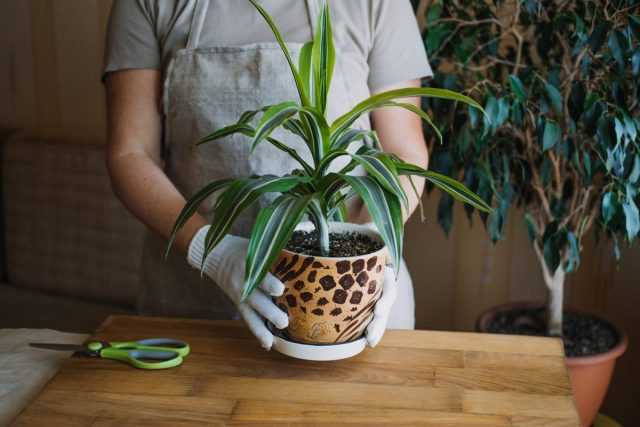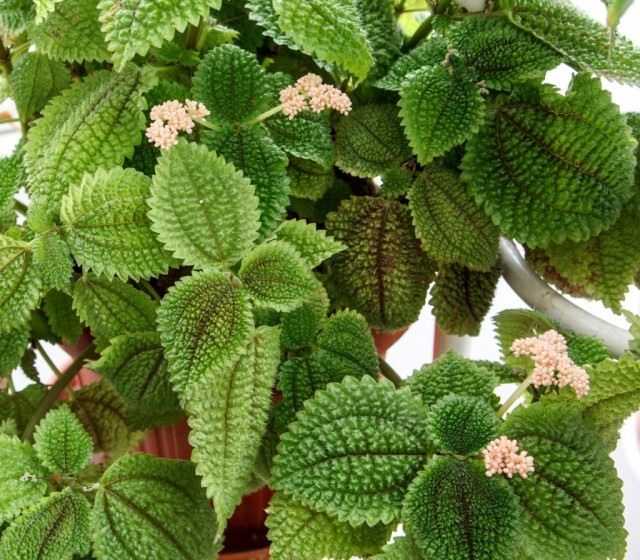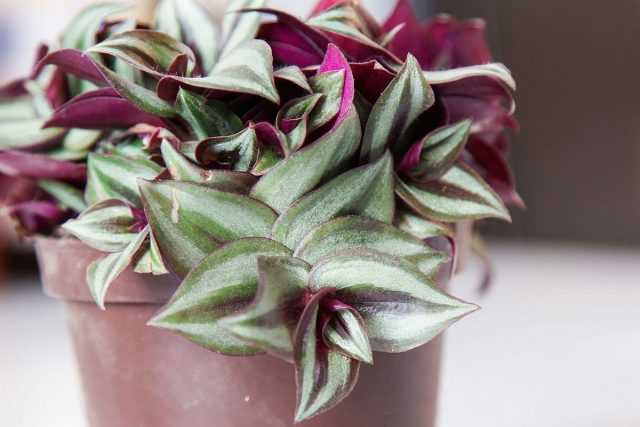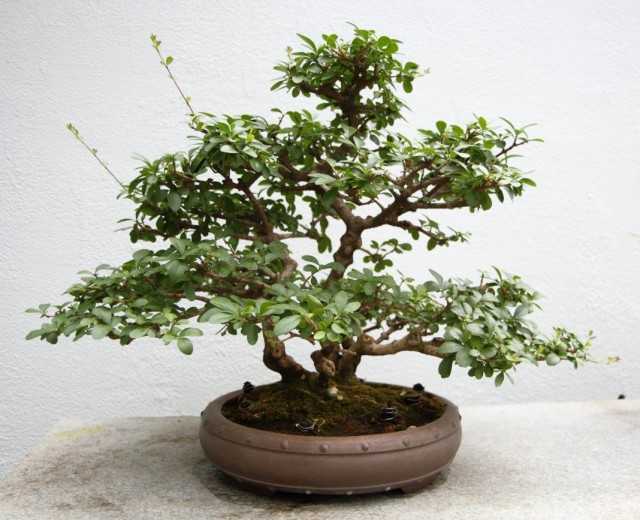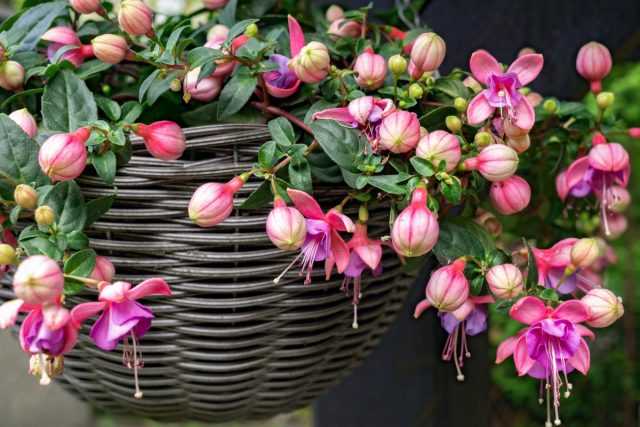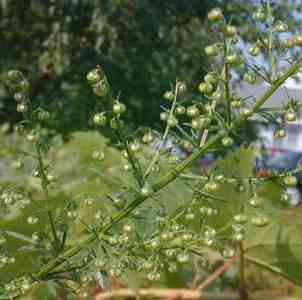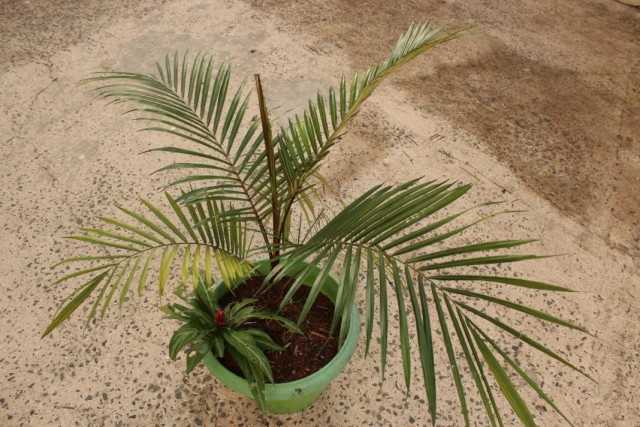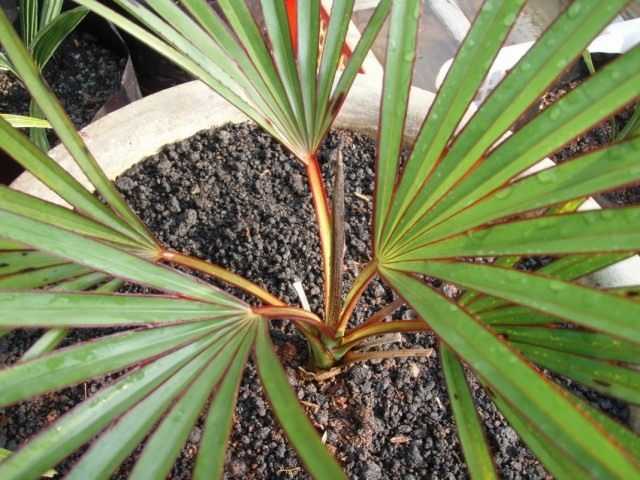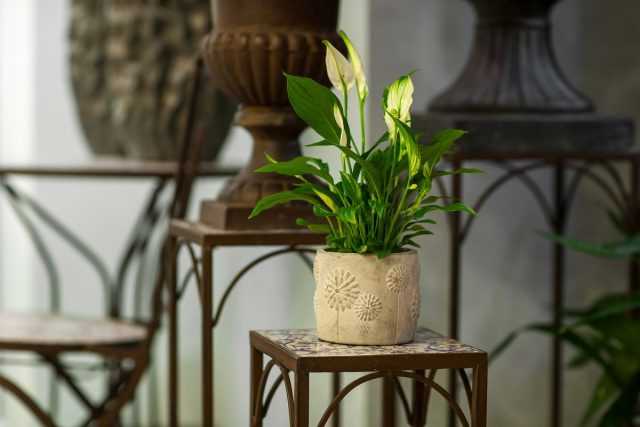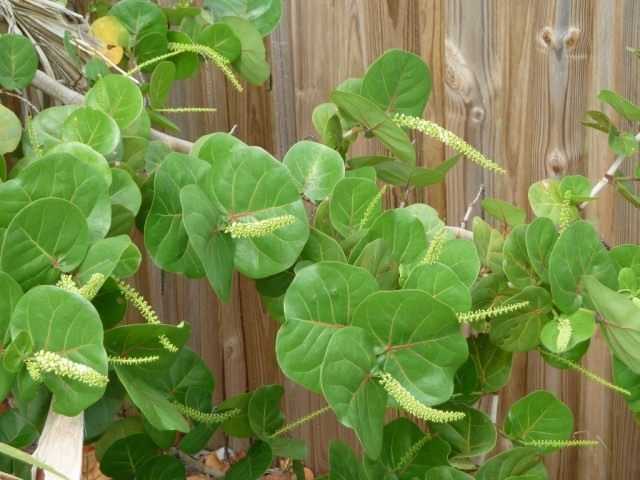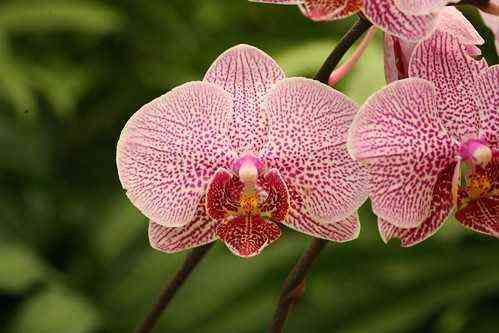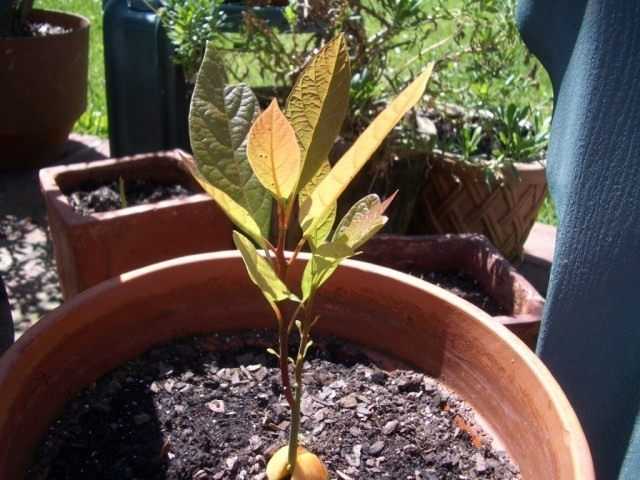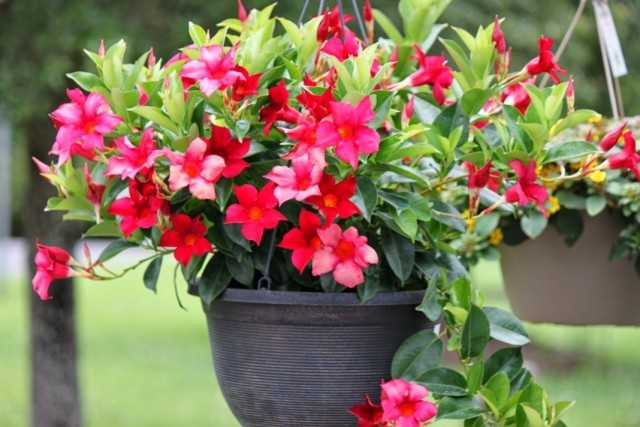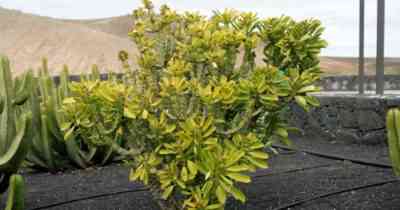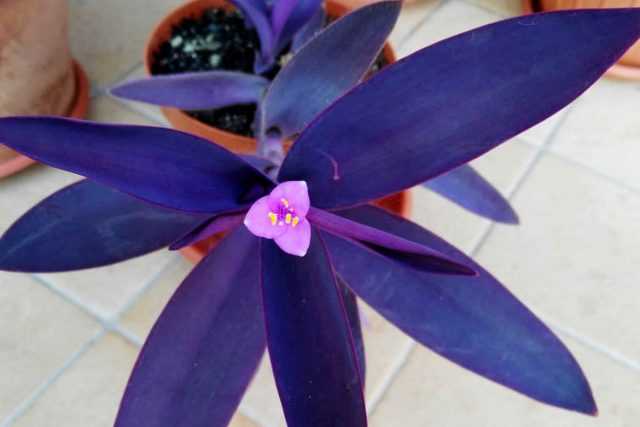Errors in caring for orchids lead to painful symptoms. If you notice that phalaenopsis has lost turgor, it is necessary to determine the factors that caused this state of green mass in a timely manner and conduct appropriate treatment.
- Reasons for the loss of turgor
- Problems with the root system
- Improper watering
- Improper feeding
- Dry air
- Diseases
- Resuscitation of a flower
- Particular cases of loss of turgor
- Prevention of loss turgor
- Conclusion

Why did the phalaenopsis lose the tugor
The reasons for the loss of turgor
The main cause of the loss of turgor of Phalaenopsis orchid leaves s is improper care. But the grower should not be alarmed in advance. The appearance of 2-3 withered dry leaves is often a natural sign of flower rejuvenation. The old foliage gradually fades and a new young green mass replaces it.
If most leaves suffer, the stem loses its density, the leaves become wrinkled and dry – the plant needs to be reanimated. We restore it depending on the factors that led to lethargy of the foliage. They can be: problems with the root system, lack of moisture, mistakes in choosing fertilizers, as well as diseases.
Problems with the root system
The root condition of any plant is proportional to it health and development activity.That is, getting the root system into an unfavorable environment contributes to the deterioration of its appearance and condition. If the bush loses its normal appearance, the reason for this may be:
- Drying of the roots. If the flower stands in direct sunlight or next to heating appliances, the nursery is at risk of overheating of the substrate. With increasing air temperature, the moisture contained in the soil evaporates more actively. And in a timely manner without noticing it, the grower deprives the orchid of water.
- Lack of oxygen. This phenomenon is observed when the density of the soil changes. If it coalesces and becomes heavy, oxygen access decreases, which leads to a slow death of the flower. Fading foliage testifies to this.
- Rotting of the roots. It is observed with stagnation of water in the pot due to poor operability of the drainage system or its absence.
If the necessary conditions are created for the roots, the condition of the indoor flower gradually normalizes. The main thing to remember is that Orchidaceae are epiphytic plants. Therefore, not only soil temperature and humidity are important, but also air quality.

The health of the flower’s roots depends on its health and development activity
Irregular watering
If watering is frequent and plentiful, the flower suffers from the appearance of fungal microorganisms.He suffers from a lack of moisture or the wrong way to make it. Such problems often arise in the summer, when in the fight against high air temperature, gardeners increase the number of irrigations. This cannot be done.
The number of irrigations cannot be increased. The flower’s need for water should also be met by spraying.
Improper feeding
If the orchid loses turgor, there may be errors in choosing fertilizers, as well as application. The most common cases of problems with the green mass of Orchidaceae are:
- Excess dosage of fertilizers. Sign – the roots have changed color.
- Use of unsuitable compounds. For orchids use special mineral fertilizers. Nitrogen is required for foliage and root system growth.
- Depletion with nutrients. Often occurs after flowering. With the right feeding, the problem disappears.
Dry air
Insufficient air humidity often leads to wilting of Orchid leaves. Such a plant is epiphytic, therefore, quality care should be given not only to the roots, but also to the green mass of the flower.
Culture needs humidification, especially in summer. Neglecting to install a pan with water next to the pot, systematically spraying the leaves or wiping them, photosynthesis slows down.
Diseases
The appearance of light or dark spots, small streaks and strokes on the leaf plates are often signs of infection with Orchid diseases. The most dangerous are viral diseases. And often the person himself is guilty of this, who uses infected equipment when caring for the flower.
Usually, fungal diseases also occur due to the fault of the grower. Excessive watering, high humidity and low temperature become the ideal habitat for fungal microorganisms.

The most dangerous for orchids are viral diseases
Resuscitation of a flower
Restore the turgor of the leaves of Phalaenopsis only after identifying the exact cause that led to the occurrence of such consequences. So, against diseases, the use of systemic fungicides or other drugs will be required. And with excessive or insufficient watering – the development of a scheme for moistening the soil and following it.
We restore the problems with top dressing by the correct application of fertilizers. If the pet is already overfed, it will require washing the roots with warm water and replanting the flower in a new soil. That is, by normalizing care, it will turn out to return turgor leaves and create all the conditions for further growth of the pet.
Particular cases of loss of turgor of foliage
Some cases of loss of turgor of foliage require special attention, especially if blooming Phalaenopsis had such problems. This phenomenon occurs due to weakness of the root system. She suffers from a lack of moisture, is underdeveloped or damaged. Flowering takes away all the strength from the pet, so its green mass becomes sluggish. Such Phalaenopsis should be reanimated carefully so as not to affect the premature wilting of the flowers.
There are two ways to restore the foliage to its normal state. The first is the abundant watering of a flower with warm, standing water. The second is the immersion of the pot in water with a minimum dose of potassium-phosphorus fertilizer for 1-2 hours. By choosing one of these methods and applying them, it will be possible to restore the foliage of the indoor flower to its normal state.
If the orchid has lost its roots, it will be possible to restore the green mass when the stem is soaked in water. After 3-4 days, the first processes may appear. When they are identified, the plant is taken out of the water, placing it above its surface. When the shoots reach 4-5 cm, the flower should be planted in the ground.
Prevention of turgor loss
Preventive measures for withering the foliage of the plant are aimed at organizing proper care of the plant. It is necessary to take into account the characteristics of the cultivated subspecies of Phalaenopsis and try to organize the most comfortable conditions for it. The grower should arrange:
- Proper watering.Such a flower does not like overflows and reacts poorly to stagnation of water in a pot.
- Top dressing. For the health of the green mass, nitrogen fertilizers are needed.
- Comfortable temperature and humidity.
The correct location of the flower pot is also important. Phalaenopsis does not like direct sunlight, so for them the best place would be the windows of the north side. It is also possible to put a pot with a pet on other windowsills, provided that it creates partial shade.
The flower feels comfortable in place, it will be possible to find out in a few days. If the shape of the leaves has become elongated, and they have turned pale – the place is bad. If it is impossible to move Orchids, phytolamps with a natural spectrum of light will be required.
Conclusion
Regardless of the cause of the loss of turgor of the foliage of phalaenopsis, it will be possible to reanimate the plant with timely detection of signs of withering green mass. Treatment options are determined by factors leading to such consequences. With timely assistance, Phalaenopsis will return the turgor foliage and continue to please its owner with its growth and beautiful flowering.


